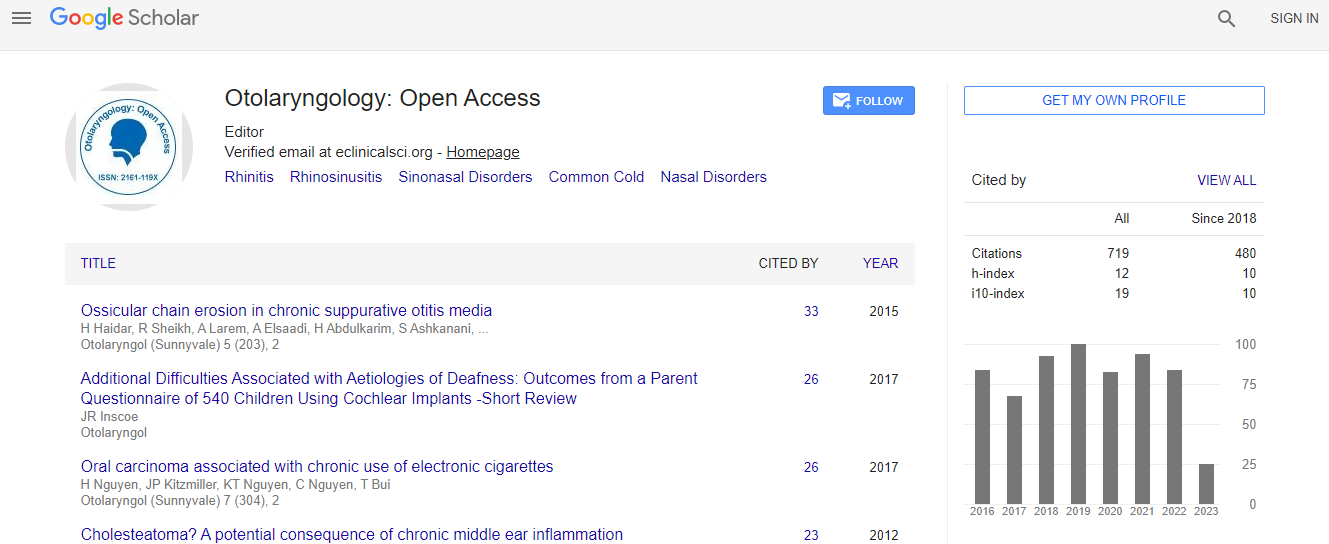Lower Recurrence in HPV-Positive Head and Neck Squamish Cell Carcinoma Mediated by DownRegulation of Sphingosine Kinase
*Corresponding Author:
Copyright: © 2020 . This is an open-access article distributed under the terms of the Creative Commons Attribution License, which permits unrestricted use, distribution, and reproduction in any medium, provided the original author and source are credited.
Abstract
Human papilloma viruses (HPVs) are implicated in a subgroup of head and neck squamous cell carcinoma (HNSCC) with a more favorable prognosis and lower recurrences. The mechanism of the HPV ‘s protective role remains unclear. We observed that HPV+ tumors express lower levels of sphingosine kinase 1 (Sphk1), an important regulator of apoptosis and proliferation in cancer cells. Previously, we showed that both in vitro and in vivo knockdown of Sphk1 increased radiosensitivity in HNSCC cell lines. Our goal is to determine the potential of Sphk1 as a biomarker for recurrence. Methods: DNA polymerase chain reaction classified HPV status for 16 tumors and 6 primary cell cultures developed from HNSCC. Immunohistochemistry assessed p53, Rb, p16, Sphk1, and TGF-β expression in tumor samples. Western Blot examined Sphk1 expression in primary cell cultures. We gathered clinical information through review of medical records. Results: All HNSCC patients, both HPV+ and HPV-, presented at advanced stage (III/IV). HPV+ samples had lower p53 and Rb and higher p16 expression. On immunohistochemistry Sphk1 expression was lower in HPV+ (46%) than HPV- (70%) tumors (p=0.014). Primary cell cultures from HNSCC patients displayed lower Sphk1 expression in HPV+ cells on Western Blot. TGF-β showed no difference among these groups (p=0.99). HPV+ patients had fewer recurrences (p=0.001) and lower 5-year local recurrence (p=0.03). Conclusion: The study showed that Sphk1 expression was lower in HPV+ than HPV- HNSCC. Primary cell cultures showed robust Sphk1 expression in HPV- cells and diminished expression in HPV+ cells. Sphk1 expression was associated with recurrence, suggesting its utility as an early biomarker for detecting recurrence. Despite the small size of the cohort, we observed significant differences between HPV+ and HPV- groups. We identified a novel pathway through which HPV may confer a favorable prognosis in HNSCC. This pathway may have value for further testing in Sphk1-targeted therapies.

 Spanish
Spanish  Chinese
Chinese  Russian
Russian  German
German  French
French  Japanese
Japanese  Portuguese
Portuguese  Hindi
Hindi 
